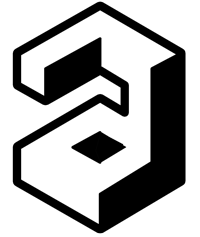The Frequency of Unwanted Student Behaviours in Secondary Schools in Terms of Certain Variables
Date
2016
Authors
Journal Title
Journal ISSN
Volume Title
Publisher
Common Ground Research Networks
Open Access Color
OpenAIRE Downloads
OpenAIRE Views
Abstract
Unwanted student behaviors are considered to be the biggest obstacle at schools for education to reach its goals. This case may threaten the goals and the safety of schools, and make classroom management difficult. The aim of this study is to examine the frequency of unwanted students behaviors in terms of some personal variables of teachers. The sample of the study consists of 316 secondary school teachers who worked in Batman central district in 2013. As a data collection tool, "Frequency Scale of Unwanted Student Behaviours", which was developed by [11] was utilized. The data were analyzed by using SPSS for Windows 18.0. According to the analysis results, considering the gender, there is difference between teachers' views on regarding the frequency of unwanted student behaviours in the dimension of " out-of-class behaviours". This difference is in female teachers favour. When compared to male teachers, female teachers indicates more that unwanted student behaviours occur. Considering the socio-economic variable, there is significant difference between upper-level and lower-level, and medium-level and lower-level in the dimensions of "interpersonal relationship" and "out-of-class behaviours". This difference is in the favour of lower-level in both dimensions. As for the "interpersonal relationship", there is difference between upper-level and lower-level in this dimension. Again, the difference is in the favour of lower-level. © 2016 International Journal of Learning and Teaching. All Rights Reserved.
Description
Keywords
Socioeconomic Level, Unwanted Student Behaviours, Unwanted Student Behaviours In Secondary Schools
Turkish CoHE Thesis Center URL
Fields of Science
Citation
Özdaş, F. & Akpınar, B. (2016). The Frequency of Unwanted Student Behaviours in Secondary Schools in Terms of Certain Variables. International Journal of Learning and Teaching. Vol. 2, No. 1. 43-47
WoS Q
N/A
Scopus Q
N/A
Source
International Journal of Learning
Volume
2
Issue
1
Start Page
43
End Page
47
Collections


